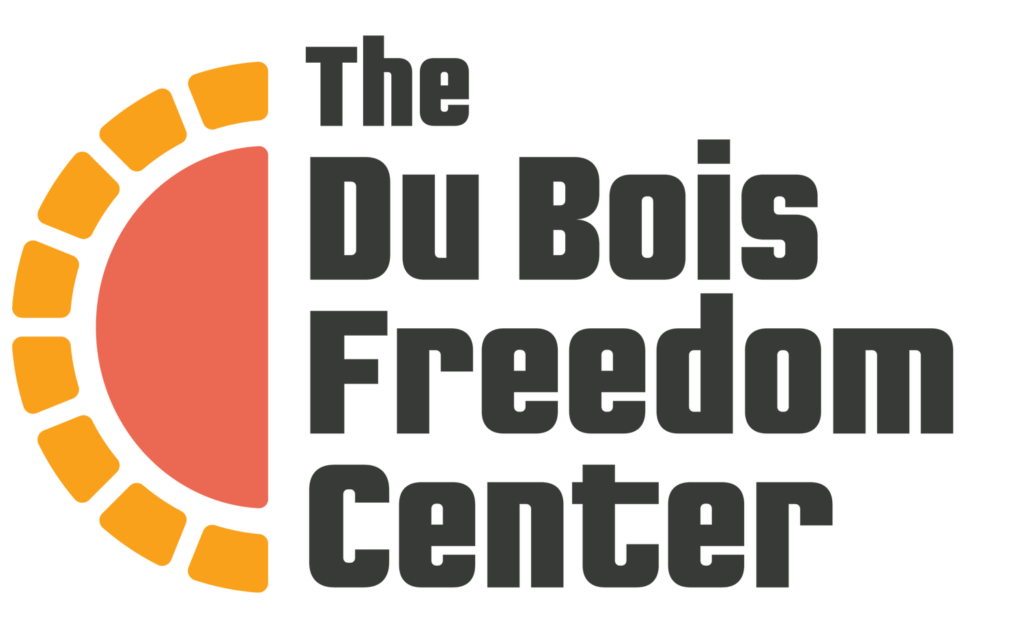Reiki and the 5 Precepts (part 2)

Written By
Laura Lin
What are The Five Precepts, and what is their origin?
Founder of Usui Reiki Ryōhō (Usui Reiki Healing Method), Dr. Mikao Usui (1865-1926) developed The Five Precepts as a guiding wisdom for his life and for his students’ lives as they followed a path towards inner peace.
Mikao Usui deviated from the Japanese tradition of taking over the family business as the eldest son. Instead he pursued many avenues of work such as a journalist, prison counselor, social worker, Shinto missionary, and public servant. He loved studying and reading books in subjects such as history, medicine, psychology, Buddhist and Christian scriptures, Taoism, divination and more. He traveled extensively, and when he finally tried going into business on his own at age 55, he failed miserably. This prompted him to question the purpose of life and take the spiritual quest that led him to seek enlightenment. Around the year 1919, Dr. Usui began a three year retreat at a Zen Buddhist temple in Kyoto. In 1922, he climbed Mount Kurama just outside Kyoto to fast and meditate for 21 days in the hopes of reaching anshin ritsumei, enlightenment in the here and now.
From all these experiences, Usui distilled the wisdom he learned into a short poetic text called The Five Precepts. These precepts provide guidelines for attaining inner peace and reaching a complete balance of body, mind, and spirit. They are at the heart of Usui Reiki tradition and are designed to be a daily practice and to be contemplated throughout each day. They are considered to be so important that it was required of a Reiki Master Teacher to write them in their best calligraphy on a scroll and display them in every class and meeting. Reiju, or attunement was traditionally given with the students facing the scroll.
Here is the original text:
The secret art of inviting happiness
The spiritual medicine for all illness
Today Only:
Anger not
Worry not
Be grateful
Work hard
Be kind to people
Morning and evening, place your hands in gasshō and hold these precepts in your heart as you recite them aloud. Heart-mind and body improvement Usui Reiki Ryōhō, Founder Usui Mikao
In Japanese the Five Precepts are known as the Gokai.
Let’s look at these lines, one at a time.
The first two lines: The secret method/art of inviting happiness, The spiritual medicine for all illness not only describes the precepts but also points out the goal of enlightenment. The use of the expression secret method implies that Reiki is an esoteric practice with secret teachings reserved for initiates.
The next line: Today Only: Kyō Dake Wa
Pronounced “kyoh-dah-kay wah” This is not a precept itself. However, it is relevant and to be applied to all of the precepts. Saying today only also makes this a more reachable task-we need only let go of anger or worry today, or in this moment, not forever.
First precept: Anger Not: Ikaru na
Pronounced “ee-kah-roo-nah” It can be translated as “anger not, do not anger, or refrain from anger”. This reminds us to refrain from giving our power away to anger and rage. Anger keeps us rooted in the past–it takes us away from the present. It often arises due to an unmet need or violated boundary. Although anger can bring us important feedback, it is important not to hold onto anger. Make changes that help you cultivate peace instead. And if we can channel the energies of anger, injustice, and disparity, they can motivate us to make positive and meaningful change in our lives and the world
Second precept: Worry Not: Shinpaisu na
Pronounced “sheem-pai-soo-nah” This translates as “worry not, do not worry, or refrain from worry”. It comes from a Japanese expression which means “to distribute the heart” describing how worry spreads our hearts too thin. As anger keeps us in the past, worry keeps us focused on the future and disrupts our connection to the present. Worry and fear together invokes the power to imagine the worst, catastrophizing. It has been said, “worry is a prayer for chaos”.
Third precept: Be Grateful: Kansha Shite
Pronounced “kahn-shah-shtay” This can be translated as “be thankful, practice gratitude, show appreciation”. Gratitude is the remedy to anger and worry in the first two precepts. You cannot be angry and grateful at the same moment, or anxious and grateful at the same time. Gratitude
brings us into the present moment, it opens us to see the blessings within and around us. Appreciation is linked to themes of respect, and it is deeply ingrained in Japanese culture.
Fourth precept: Work diligently: Gyō Wo Hageme
Pronounced: “gyoh oh hah-gay-may” or “perform your duties fully”. This precept is about showing up fully in life, with your entire self. It’s putting in a sincere and humble effort in whatever work you do. That does include taking care of yourself and not exhausting yourself or being too hard on yourself. Within the system of Reiki, working with diligence means practicing regularly.
Fifth precept: Be Kind to People: Hito Ni Shinsetsu Ni
Pronounced “hee-toh nee sheen-set-soo nee”. This can be translated as “be kind to people, or show compassion to all beings”. This includes being kind to yourself. You cannot pour from an empty vessel. You can embody this by dedicating your practice to all sentient beings each time before you begin. Also, giving Reiki is a wonderful way to honor this precept.
The reason we may want to recite it in Japanese, its original language, is due to a belief called kotodama. Kotodama means “word spirit/soul”. There is a living force in words and the sound of a word is sacred and powerful. Likely, the exact wording of the Five Precepts was chosen very carefully and that is why speaking it out loud can access the full benefit. I would suggest practicing both the Japanese and English versions and compare how each feels for you. Another exercise that I recommend is to write your own version of the Five Precepts, making it the most meaningful for you.

When and how to practice the Five Precepts:
First put your hands together in gasshō (placing the palms of your hands together in front of your heart). Practice/speak them 3 times, by the 3rd time, feeling the precepts engraved upon your heart.
You can practice them morning and night as the original text says, or throughout the day. You can say them before you do a Reiki practice on yourself or others.
Usui Mikao writes: “First the mind should be healed, and secondly the physical body be made healthy so as to walk on the right path of humanity. If the mind is healthy, conforming to a path of integrity, then the body becomes sturdy of its own accord.” (1) Here Usui points out that the principal aspect of healing is not physical. It is spiritual practice that retrains the mind and brings the emotions into balance. That is why the practice of The Five Precepts is so important and is the foundation of Usui Reiki Ryōhō.
To learn more about the 5 Precepts, please join me for Reiki Training Level 1 on Saturday September 21st at Crystal Essence from 9:30 am to 4:30 pm. I hope to meet you there. To register, click here or call 413-528-2595 for more information.
(1)Jonker, Reiki: The Transmigration, 220.
Bibliography
Pearson, Nicholas. Foundations of Reiki Ryōhō: A Manual of Shoden and Okuden, 2018.












